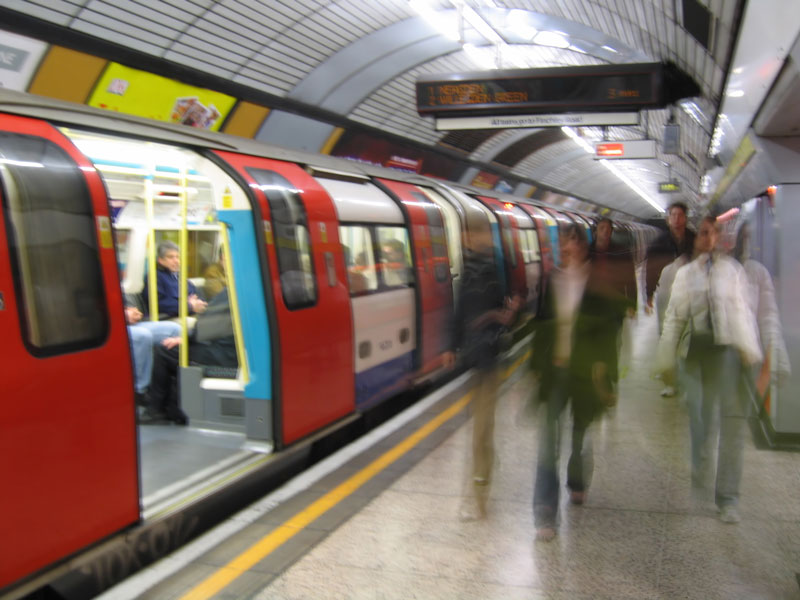Underground to Help Heat London Homes in Winter

The excess heat produced by the tube’s Northern Line will soon be channeled to homes in Islington, London, to keep them warm during the cold winter months.
The scheme will be an extension of the Islington heat network, which already pipes “waste heat” from the electricity-generating Bunhill Energy Centre, to warm 700 local council houses, along with schools and a leisure centre.
Conducting heat from the tunnels of the Underground will help heat an additional 450 homes and businesses in north London. The extension is expected to be completed in the next few months and will be active this winter.
The project could clear the way for the development of further district heating schemes in the capital, as the UK strives to decarbonise its heating systems and meet its goal of net-zero carbon emissions by 2050.
Currently, heating our spaces and the water we use in them accounts for around half of the UK’s energy consumption and contributes a third of our greenhouse gas emissions.
But while the UK regularly produces a third of its electricity from renewable resources, the decarbonisation of heat has lagged. In 2017, just 7.7% of our heat was renewable, short of the 12% heat the UK has committed to sourcing from renewable by 2020.
But the race is on to develop and install alternative heating sources, as the government has committed to banning gas-fired boilers from all new-build homes from 2025.
District heating systems are low cost way of delivering low carbon heating. They use heat produced as a byproduct of cooling systems, thermal power plants, and heavy industry which otherwise would have gone to waste.
Tim Rotheray, director of the Association for Decentralised Energy, said the tube project is one of a growing number across the UK designed to harness this waste heat.
“With the government declaring that we must be carbon-neutral within 30 years we need to find a way to take the carbon out of our heating system,” he said.
“The opportunity that has become clear to the decentralised energy community is the idea of capturing waste heat and putting it to use locally.”
The Greater London Authority (GLA) estimates that there is enough heat wasted in London to meet 38% of the city’s heating needs.
In Wissington, Norfolk, excess heat produced by cooking syrup in a British Sugar factory is piped to a neighbouring greenhouse used to grow medicinal cannabis.
And there’s even greater potential in the geothermal energy in the water at the bottom of old mine shafts and in rivers.
In Stoke-on-Trent a £52 million project to utilise the heat from hot water deposits underground will cut the city’s carbon emissions by an estimated 12,000 tonnes each year. It’s scheduled to be online by the winter of 2020.
Read on our blog

With the government poised to implement tough new measures to...

Budget broadband provider TalkTalk has been notifying customers via email...

A year-long investigation by charity Citizens Advice has revealed a...

Education Secretary Nadhim Zahawi has announced a new commitment to...
